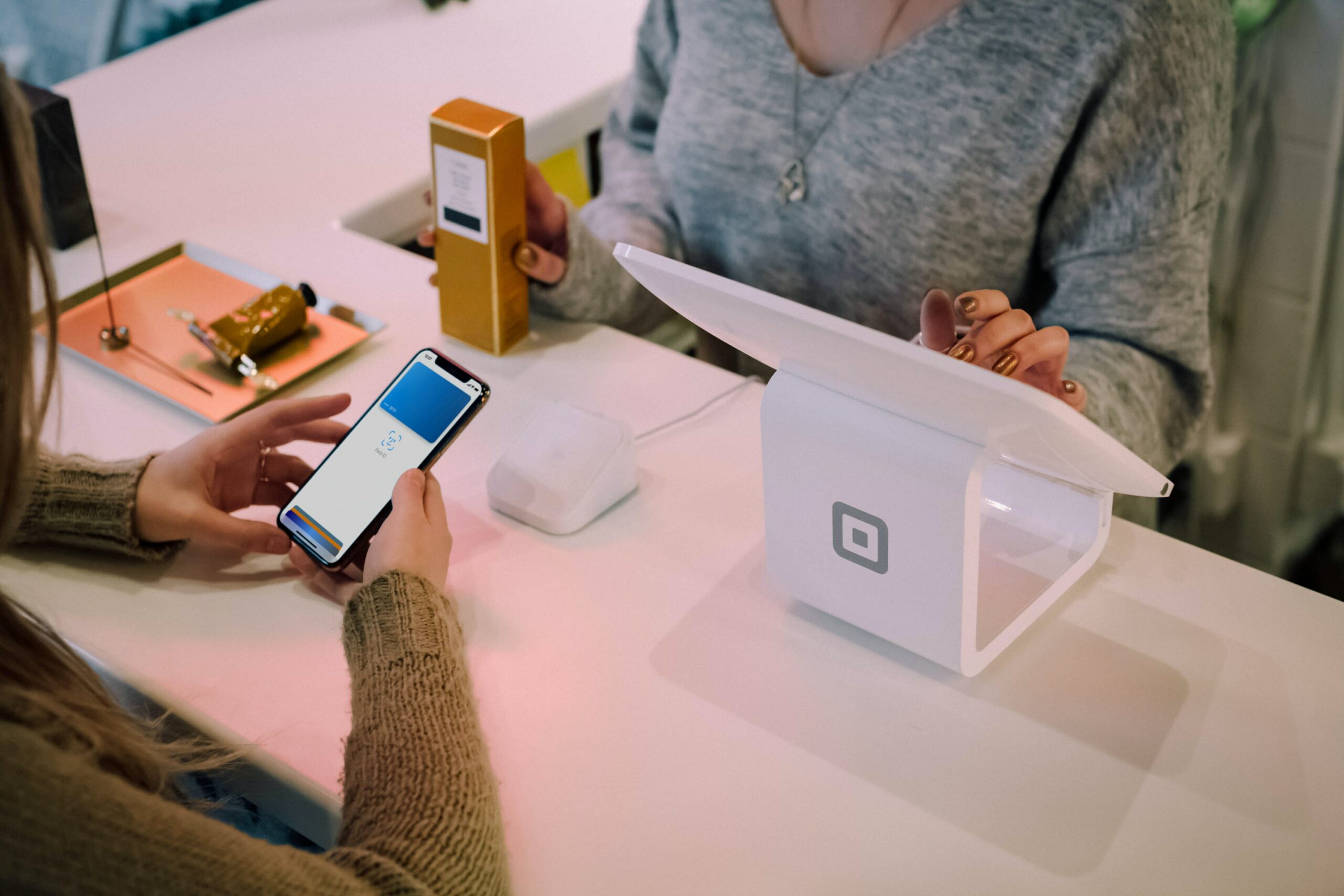The Covid-19 pandemic and the recurring thievery (holdup, stick ups and other petty crimes) in markets and other retail outlets of the country have caused the surging need for mobile digital payments and cards (debit and credit) among the Filipino consumers.
For now, only the land transport system has not fully embraced digital payments.
Merchants have no choice but to transform into digital payment systems; otherwise they lose a potential sale from digitally-conscious Filipinos, whose number has risen 52.8 percent (even exceeding the initial target of 50 percent) as of the end of 2023, based on data from the Bangko Sentral ng Pilipinas.
This aligns with the BSP’s strategy to promote financial inclusion and a cashless economy, reported business blog site Bilyonaryo.
“This is a testament to the collective efforts of stakeholders in the financial system,” said BSP Deputy Governor Mamerto Tangonan, who oversees the Payments and Currency Management Sector.
While data on financial account ownership (targeted at 70 percent by 2023) is still pending, the digital payments goal serves as a major step towards a more cashless economy.
The rise in e-payments was fueled primarily by high-frequency, low-value transactions, such as merchant payments (64.9 percent) and person-to-person transfers (19.3 percent).
Notably, the expansion of QR Ph for person-to-merchant transactions contributed significantly to the growth in digital merchant payments.
While exceeding the initial target is positive, BSP officials acknowledge the next phase will be more challenging.
They aim to increase the share of digital payments to 60-70 percent of total retail transactions by 2028.
In 2022, when pandemic restrictions began to be relaxed, the volume of digital payments hit 42.1 percent and the value reached 40.1 percent, according to a study of UOB (United Overseas Bank).
This may look very low but this is because of the pervading perception of the need for digital payment systems which then was at 39 percent of those surveyed who did not use digital payments.
Back in 2022, the Buy Now Pay Later schemes (or credit cards) and digital banking failed to serve 48 percent of the 31.9 million Filipino adults who did not have bank accounts.
As of February 2022, cash was still considered the king with 93 percent of respondents using cash in the last three months and 6 percent saying cash is the most used mode of payment then.
Things have been slowly changing, with those using cash at 60 percent; debit and credit cards at 11 percent; Ewallets at 16 percent and ecommerce payment platforms at 6 percent.
Now Gcash is the most popular digital wallet for money transfers, and mobile wallets, based on the survey of UOB (United Overseas Bank, a leading bank in Asia with a global network of over 500 offices in 19 countries in Asia Pacific, Western Europe and North America.
#WeTakeAStand #OpinYon #OpinYonStories #CashlessPaymentsinPh #BSP
